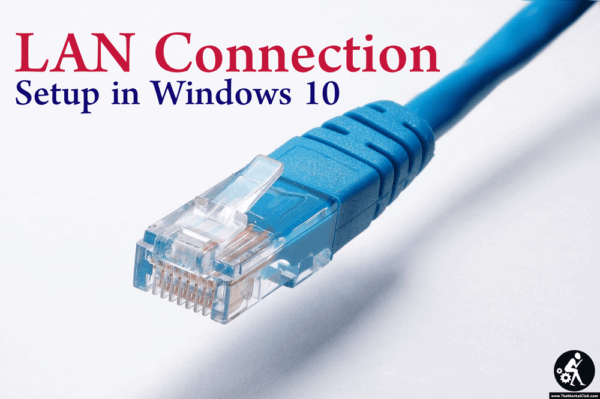

WLAN uses the IEEE 802.11 specification to share data between different endpoints. Wireless local area networks connect two or more devices using wireless connections (such as radio transmissions) within a limited area like a home, school, or office.
#Setting up a local wired server portable#
However, it is not the most flexible or portable network, making it hard to access from different locations and devices. Wired LAN is the most common type used in most offices, since it is often very reliable and performs with speed. Let’s look at them in detail:Īs the name suggests, a wired local area network uses “wires” such as Ethernet cables and switches to connect different devices, endpoints, and servers to the network. That aside, there are 3 primary LAN types. The server manages storage, application and device access, and traffic while the client connects to the server through wired or wireless connections. Devices share information through wired or wireless connections.Ĭlient-Server LAN - connects multiple endpoints and servers to a LAN switch, which directs communication between these devices. This type of LAN does not have a central server, so each device is equally responsible for the functioning of the network. These devices could be workstations, PCs, PC-to-printer, etc. Peer-to-Peer LAN - connects two devices using an Ethernet cable. Now, from an architecture point of view, you can have a peer-to-peer LAN or a client-server LAN. To enable these connections, you will need both Ethernet and WiFi. By doing this, your teams have access to all centralized applications, which is especially useful for storing business-critical data.Īnd since this network allows you to connect to different servers and devices (printers, computers, etc.), you can use it for sharing resources. You can also connect to other LANs that reside within the same WAN. Layer 3 switches and routers (for larger network setups)Īt its core, a local area network allows multiple devices to share a single internet connection.Īnd it helps users connect to different internal servers and websites.You can set it up so that end nodes - such as computers and printers - can communicate and share information and resources within your IT infrastructure. This type of network can serve 2-3 users in a home setting or hundreds of users in an office setting. A Local Area Network (LAN) is a group of devices sharing a common communications line to a server within a specific geographical area.


 0 kommentar(er)
0 kommentar(er)
